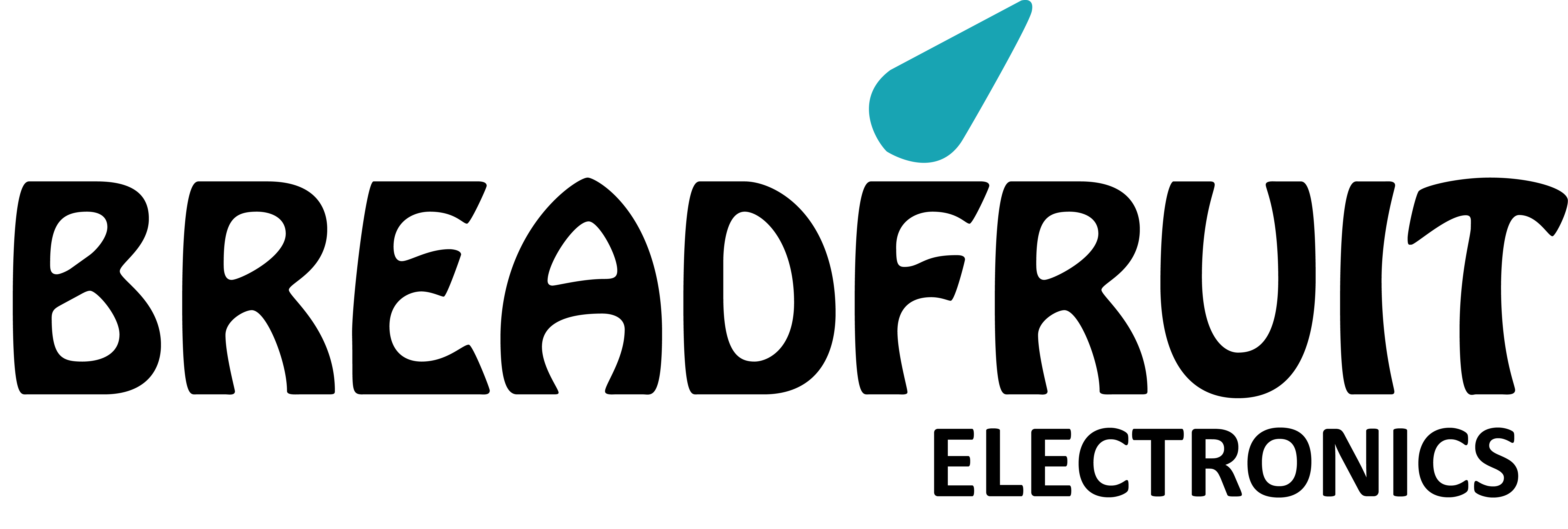
How to Identify Reputable Online Platforms
In the digital age, identifying reputable online platforms is crucial, especially with the rapid growth of e-commerce and online services. Whether you’re shopping, engaging with social media, or using online services, it’s important to protect yourself from scams and unreliable sites. In this article, we will explore various strategies to distinguish reputable online entities. You can also find additional resources on reputable sites like How to identify reputable online https://bettafunclub.com/pt/.
1. Look for Clear Contact Information
A reputable online platform usually provides clear contact information, including a physical address, phone numbers, and email addresses. This level of transparency shows that the business is legitimate and accountable. If you can only find a contact form with no other means of communication, be cautious.
2. Check for SSL Certificates
Secure Sockets Layer (SSL) certificates encrypt data exchanged between the user and the website, making it an essential component for any reputable online service. Look for “https://” in the URL, along with a padlock icon in the address bar. These indicators confirm that your connection is secure, making it safer for sharing personal information.
3. Read Reviews and Testimonials
The experiences of others can provide valuable insight into the reputation of an online platform. Look for user reviews and testimonials on independent websites, rather than only those found on the business’s own page. A high volume of consistent, positive reviews typically indicates a reliable service. Be wary of platforms with no reviews or numerous negative ones.
4. Verify Social Media Presence
Reputable businesses often maintain a professional presence on social media. Check their profiles on platforms like Facebook, Twitter, LinkedIn, and Instagram. Observe the frequency of posts, the nature of their content, and how they interact with customers. A strong social media presence can indicate stability and reliability. Moreover, look for reviews on these platforms as well.
5. Investigate Website Quality

Analyze the website’s design and functionality. Professional websites typically have high-quality design, are easy to navigate, and contain well-organized content. If a site has broken links, poor grammar, or outdated information, it may signal a lack of reliability. Additionally, check the load times; slow websites can also indicate poor hosting services or unreliable platforms.
6. Look for Clear Policies
Reputable online platforms provide clear policies regarding the following:
- Returns and Refunds: Check to see if the site has a specific return policy that outlines how you can return products and receive refunds.
- Shipping Information: A transparent shipping policy will detail costs, delivery times, and tracking options.
- Privacy Policy: Ensure the site has a privacy policy outlining how your information is collected, used, and protected.
Absence of such policies can be a red flag indicating that the business may not be reputable.
7. Evaluate Pricing Practices
While you may find great deals online, be cautious of prices that seem too good to be true. Reputable companies have pricing that reflects the quality of their products and services. If you encounter substantial discounts or deals that are significantly lower than average, it’s advisable to investigate further.
8. Test Customer Service
Before making a purchase, consider reaching out to the company’s customer service. A reputable online platform will respond promptly and professionally. Use this interaction to ask questions, clarify doubts, and evaluate their knowledge and willingness to help.
9. Trust Your Instincts
Finally, trust your instincts. If something about the website, company, or deal feels off, don’t proceed. It’s essential to prioritize your online safety and security. Always take your time to research before making any decisions, especially concerning spending your hard-earned money.
Conclusion
Identifying reputable online platforms requires a combination of research, vigilance, and common sense. By following the tips outlined in this article, you can navigate the vast digital landscape with greater confidence, ensuring that your online experiences are both safe and satisfying. Keep these strategies in mind, and never hesitate to seek out additional resources to update your knowledge.
